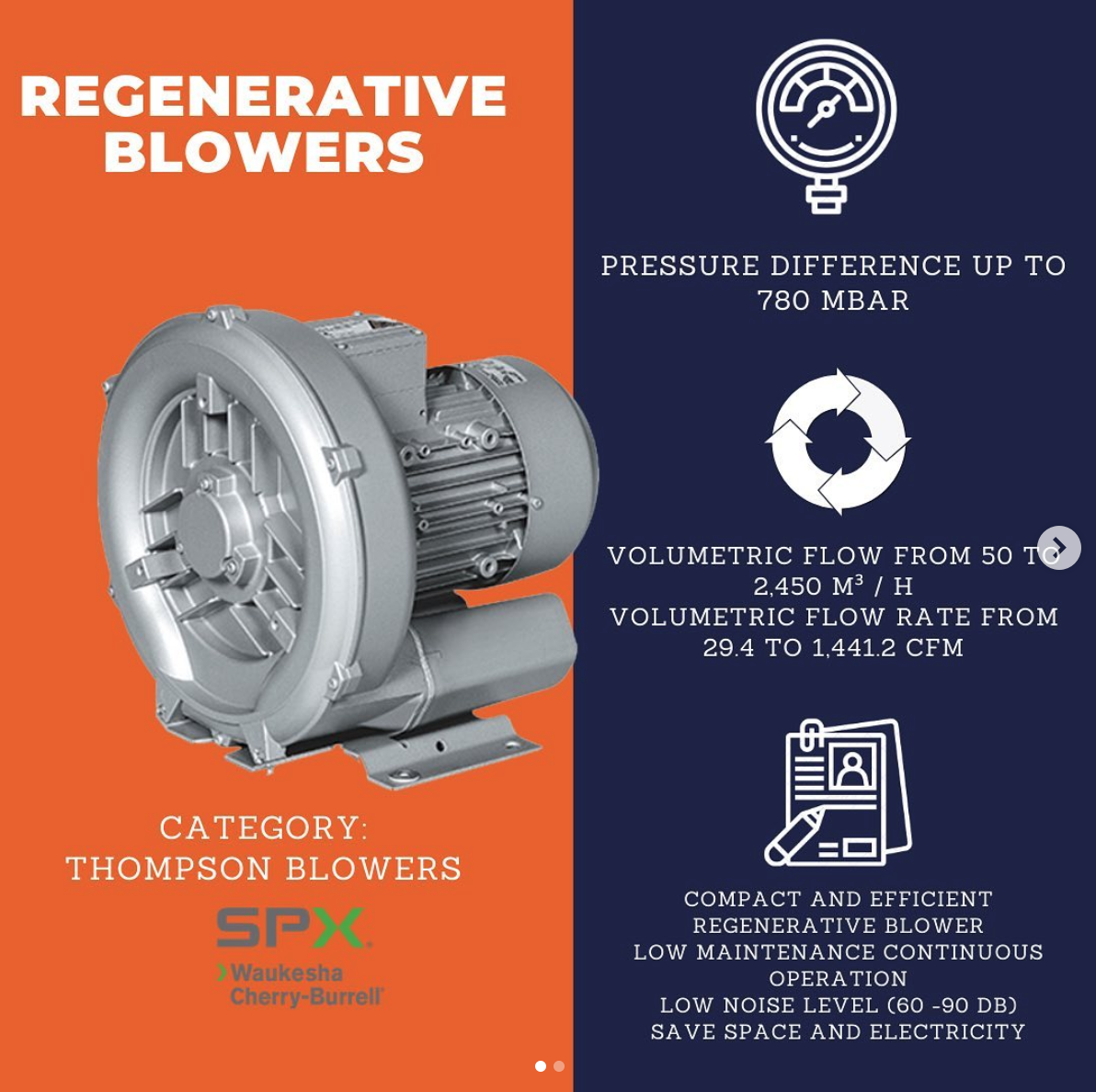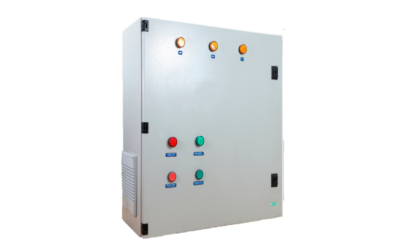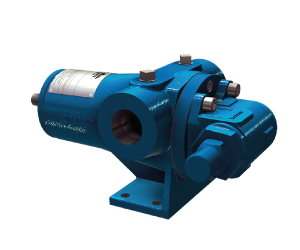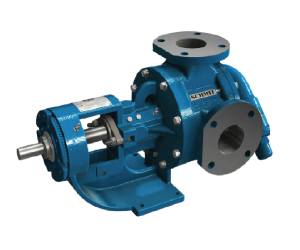Have you ever imagined seeing images like this up close?
Global warming contributes to this reality becoming more frequent day by day. Already
in many parts of the world, more deaths are directly or indirectly related to the lack of
drinking water than due to other common factors in our environments such as endemic
diseases, pandemics, natural catastrophes, accidents, etc.
Of the total water present on the planet, it is known that to date approximately:
97.5% is non-drinkable saltwater without prior processing
2.5% is fresh or drinkable water
Of this, 2.5% is already scarce, almost 69.7% is present in glaciers, 30% is part of
underground aquifers and only 0.3% is made up of rivers and streams
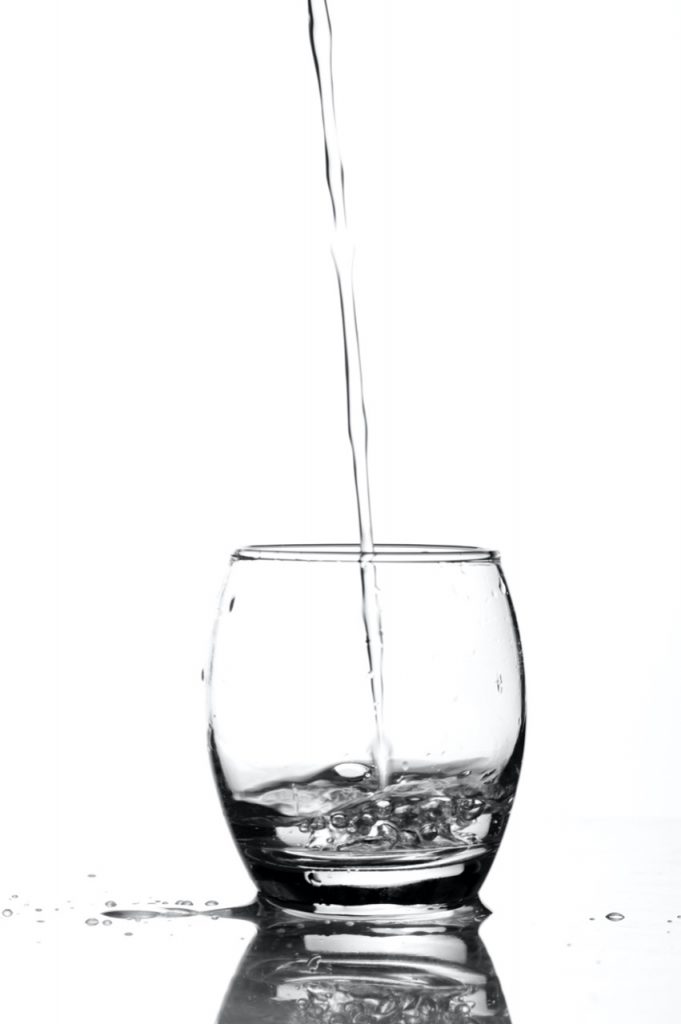
As is known, the process of converting salt water into drinking water is extremely
expensive and is practically not within the reach of most societies, regions, or countries.
With population growth, the water demand is essential, and very soon this 0.3% of the
2.5% of the planet’s total water will decrease dangerously.
That said, reuse techniques through the treatment of polluted water of industrial,
residential, or commercial origin, have become mandatory in almost every known
activity to make use of that current large percentage of water contaminated especially
by industrial activities.
Water treatment plants are systems that receive water in a specific degree of
contamination and manage to transform it through physical, chemical, or biological
processes into a product that can be reused in multiple activities such as:
- Pumping systems to drinking water plants
- Pumping systems to sewer systems
- Agriculture Pumping Systems
Even biological sludge that is a by-product of the process in a water treatment plant,
under certain conditions can be directed by specialized systems of pumping sludge to
drying systems by vacuum pumps and be used as fertilizers in the agricultural sector by
the degree of protein components they contain.
In the last 30 years, the investigation of increasingly advanced techniques in the field of
water treatment plants has allowed the intelligent reuse of polluted waters that are
creating more sustainable and environmentally friendly ecosystems but especially that
are mitigating the effects of the shortage of a product that experts indicate will be much
more valuable than oil or gold not only because of its metallic value but because it is
essential for all living things, water.

